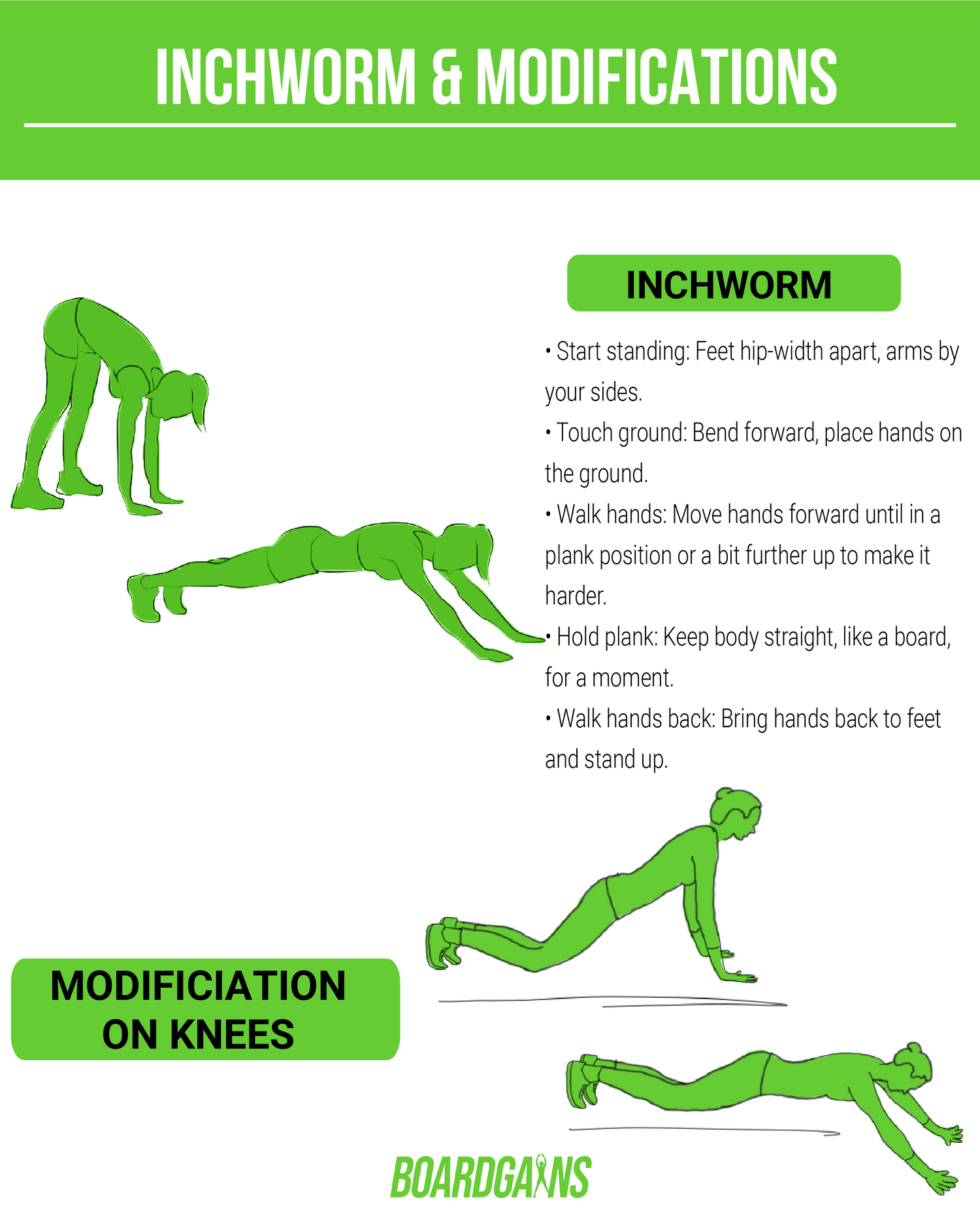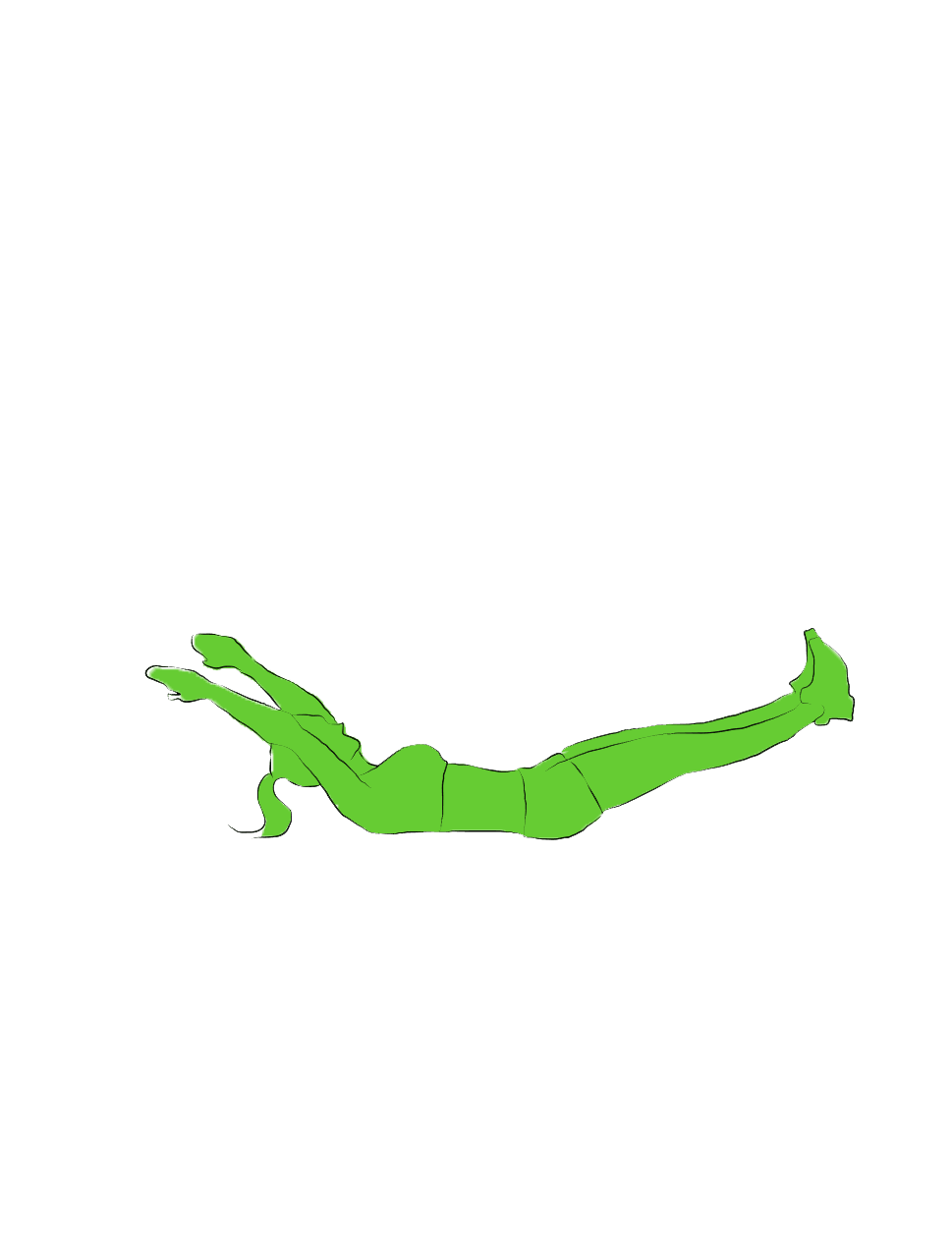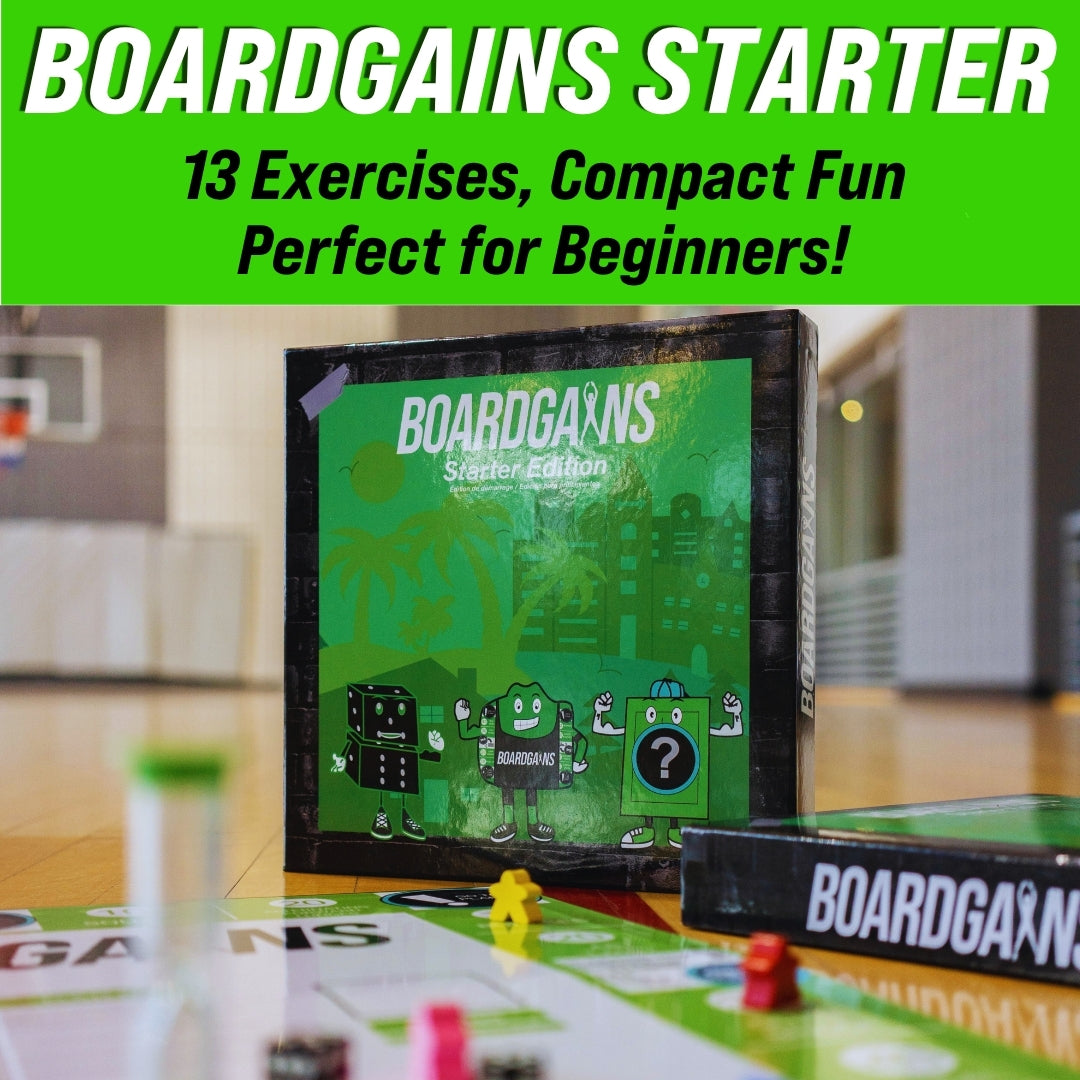Introduction
Are you looking for a simple yet effective exercise that targets multiple muscle groups and provides a whole host of benefits? Look no further than the inchworm exercise! This dynamic, full-body movement is perfect for anyone looking to improve their strength, flexibility, and overall fitness. At Boardgains, we love incorporating this fun and challenging exercise into our fitness board game. Here's everything you need to know about this dynamic exercise.
Benefits of Inchworm Exercise
Strength
The inchworm exercise is a fantastic way to build strength throughout your entire body. This functional movement engages your arms, shoulders, chest, back, and core muscles, making it an excellent addition to any workout routine.
Flexibility
In addition to building strength, the inchworm exercise is also great for improving flexibility. The movement stretches your hamstrings, calves, and lower back, helping to increase your overall range of motion.
Core Stability
As you perform the inchworm exercise, your core muscles are constantly engaged to maintain proper form and balance. This helps to strengthen your core and improve overall stability.
Coordination
The inchworm exercise requires the coordination of multiple muscle groups, making it a great way to improve body awareness and proprioception.
How to Perform the Inchworm Exercise
Step by Step Instructions
Before we dive into the variations, let's cover the basics of the inchworm exercise.
Warm-Up
Before beginning any exercise, it's essential to warm up your muscles to prevent injury. A light 5-minute jog or some dynamic stretching should suffice.
Proper Form
- Stand with your feet hip-width apart and your arms at your sides.
- Bend at the waist and place your palms on the ground in front of you, as close to your feet as possible.
- Slowly walk your hands forward until you reach a high plank position, with your hands directly beneath your shoulders.
- Pause for a moment, then walk your feet towards your hands, keeping your legs as straight as possible.
- Repeat for the desired number of reps.
Common Mistakes to Avoid
- Arching your lower back during the plank position
- Bending your knees excessively while walking your feet forward
- Rushing through the movement and not maintaining control
Inchworm Exercise Variations
To keep things fresh and challenging, try incorporating these inchworm variations into your workout routine:
Push-Up Inchworm
Incorporate a push-up at the plank position to add an extra challenge to your chest, shoulders, and triceps.
Single-Leg Inchworm
Perform the inchworm exercise while keeping one leg lifted off the ground. This variation will further engage your core and challenge your balance.
Inchworm with Shoulder Taps
When you reach the plank position, tap your left shoulder with your right hand and then your right shoulder with your left hand. This adds an element of shoulder stability and core engagement to the exercise.
Incorporating Inchworms into Your Workout Routine
Depending on your fitness level, you can integrate inchworms into your workout routine in various ways.
Beginner
Start by performing 3 sets of 5 reps, with a 30-second rest between sets. Focus on maintaining proper form and gradually increase the number of reps as you become more comfortable with the movement.
Intermediate
Increase the intensity by performing 3 sets of 10 reps, with a 30-second rest between sets. You can also start incorporating inchworm variations to further challenge your body.
Advanced
For advanced exercisers, perform 3 sets of 15-20 reps or incorporate inchworms as part of a high-intensity interval training (HIIT) workout.
Conclusion
The inchworm exercise is a versatile and effective movement that can help improve strength, flexibility, and overall fitness. By incorporating this exercise into your workout routine and experimenting with various variations, you can reap the many benefits it has to offer. So, why not give the inchworm exercise a try? Your body will thank you!
FAQs
1. Can I perform the inchworm exercise if I have lower back pain?
It's essential to consult with a healthcare professional before performing any new exercise, especially if you have pre-existing conditions or pain. While the inchworm exercise can help improve flexibility and core strength, it may not be suitable for everyone.
2. How often should I perform the inchworm exercise?
Aim to incorporate the inchworm exercise into your workout routine 2-3 times per week, allowing for adequate recovery time between sessions.
3. What other exercises can I combine with inchworms for a full-body workout?
Consider combining inchworms with exercises like squats, lunges, push-ups, and planks for a well-rounded, full-body workout.
4. Can I perform the inchworm exercise if I can't touch the ground with my hands?
Yes, you can modify the inchworm exercise by placing your hands on an elevated surface, like a step or yoga block, until you gain the flexibility to touch the ground.
5. How can I make the inchworm exercise more challenging?
To make the inchworm exercise more challenging, you can increase the number of reps, reduce the rest time between sets, or incorporate variations like the push-up inchworm, single-leg inchworm, or inchworm with shoulder taps.










Leave a comment
This site is protected by hCaptcha and the hCaptcha Privacy Policy and Terms of Service apply.